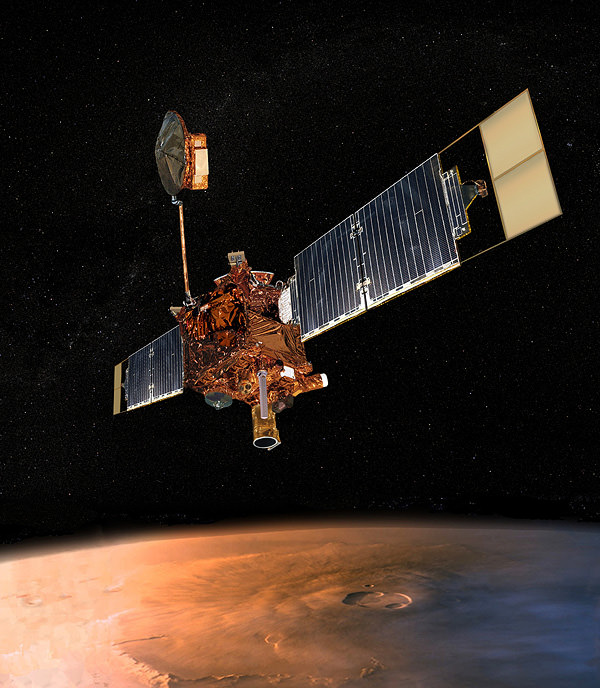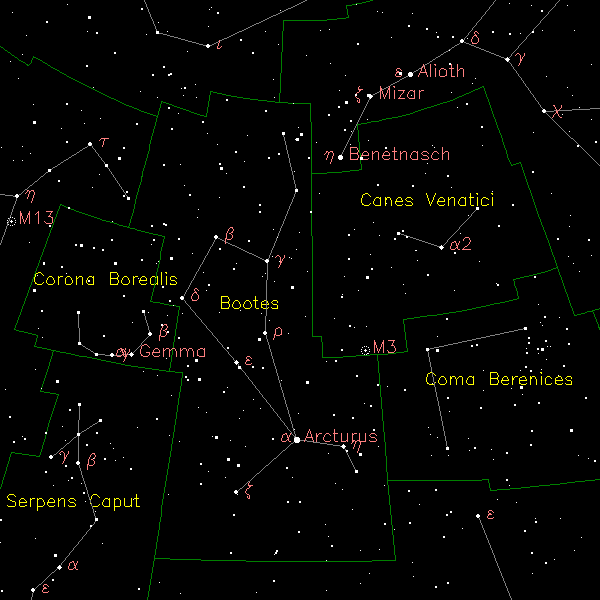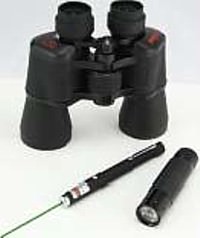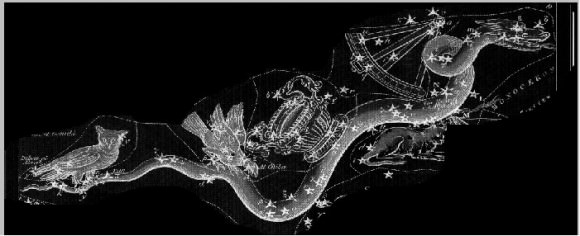Greetings, fellow SkyWatchers! Are you ready for a great weekend? Then it’s time to do some challenging studies as we take on one of the most difficult globular clusters in the sky – Palomar 5. Need something you can spot with your eyes or binoculars? Then try the planet Mercury… But get up early! Maybe a weekend meteor shower that’s known for spitting out bright bolides is more to your liking… Still feeling challenged? Then let’s try our hand at some Herschel studies and blow some dust off the galaxies! Time to get out the scopes and the star charts and I’ll see you in the back yard.
 Friday, June 12, 2009 – Today, remember the 1843 birth of Sir David Gill on this date, who took measurements of solar and stellar parallax, computed the distances of the Sun and other stars from Earth, and was first to use photography in mapping the heavens. To determine parallaxes, Gill perfected the heliometer, a telescope that uses a split image to measure the angular separation of celestial bodies. He later redetermined the solar parallax with such precision that almanacs used his value as late as 1968!
Friday, June 12, 2009 – Today, remember the 1843 birth of Sir David Gill on this date, who took measurements of solar and stellar parallax, computed the distances of the Sun and other stars from Earth, and was first to use photography in mapping the heavens. To determine parallaxes, Gill perfected the heliometer, a telescope that uses a split image to measure the angular separation of celestial bodies. He later redetermined the solar parallax with such precision that almanacs used his value as late as 1968!
Completing astronomical projects is very challenging, and tonight we’ll hunt down a difficult globular cluster study by using M5 as a guide. Palomar 5 is by no stretch of the imagination easy. For GoTo systems, aiming is easy, but for large telescopes, starhopping instructions are critical. From M5 drop south for double 5 Serpens, and again south and slightly west for another, fainter double. Don’t confuse it with eastern 6 Serpens. A half degree west you’ll encounter an 8th magnitude star, with 7th magnitude 4 Serpens a half degree south. Continue south another half degree, for a triangle of 9th magnitude stars. The southern apex star is home to Palomar 5 (RA 15 16 05 Dec +00 06 41).

Discovered by Walter Baade in 1950, this 11.7 magnitude, Class XII globular was first believed to be a dwarf elliptical galaxy, possibly a member of our Local Group. Later studies showed Palomar 5 to be a globular cluster but one being ripped apart by the tidal forces of the Milky Way—at 60,000 light-years from the galactic center! Palomar 5’s members are escaping, leaving trails spanning 13,000 light years – a several billion year process. Telescopes of 6’’ can distinguish a few individual members northwest of the 9th magnitude marker star, but even ones as large as 31’’ fail to show more than a handful of resolvable stars. This may be the toughest locating job you’ll ever tackle, but be sure to make a quick sketch of the region to complete your studies. Good luck!
 Saturday, June 13, 2009 – Before dawn, Mercury reaches its highest morning elevation, and you’ll find the asteroid Psyche less than half a degree north of the Moon. Look a finger-width south of Luna, and you’ll see Neptune and Jupiter separated by less than a degree! Perhaps they’re saluting the 1831 birth on this date of James Clerk Maxwell? Maxwell calculated that the speed of propagation of an electromagnetic field is approximately the speed of light, thereby inferring that light is an electromagnetic phenomenon. Born on the same day but 28 years before him was Thomas Young, who had demonstrated the wave nature of light.
Saturday, June 13, 2009 – Before dawn, Mercury reaches its highest morning elevation, and you’ll find the asteroid Psyche less than half a degree north of the Moon. Look a finger-width south of Luna, and you’ll see Neptune and Jupiter separated by less than a degree! Perhaps they’re saluting the 1831 birth on this date of James Clerk Maxwell? Maxwell calculated that the speed of propagation of an electromagnetic field is approximately the speed of light, thereby inferring that light is an electromagnetic phenomenon. Born on the same day but 28 years before him was Thomas Young, who had demonstrated the wave nature of light.
For us, tonight’s light waves will be from Herschel II.76, also known as NGC 5970. Begin by identifying Beta and Delta Serpentis, and look for finderscope Chi between them. Less than a degree southwest, you will see a similar-magnitude double star. Hop about one-third degree northwest, and you’ll find the galaxy just a fraction southwest of a 7th magnitude star (RA 15 38 302 Dec +12 11 11).

NGC 5970 isn’t particularly easy for smaller scopes (even near 11th magnitude), because of its low surface brightness, but its structure makes it a distant cousin of the Milky Way. At 105 million light year-distant, it’s no great surprise we see it as faint, for its light left around the time the dinosaurs ruled Earth. Stretching across 85,000 light-years of space, the nuclear region, obscuring dust regions, and the stellar population of this grand spiral have been extensively studied. And—like us—it is also part of its own Local Group. Although smaller telescopes will make out a slightly elongated mist, in mid-to-large apertures NGC 5970 will appear oval-shaped with a bright core and evidence of a central bar. Although the edges of the galaxy seem well-defined, look closely at the narrower ends, where material seems more wispy. Seen averted, the nucleus will sometimes take on a stellar appearance yet lose this property with direct vision. Be sure to mark your Herschel notes on this one!
Sunday, June 14, 2009 – As the new hours of the day begin and you wait on dawn, keep watch for the peak of the Ophiuchid meteor shower with the radiant near Scorpius. The fall rate is poor, with only 3 per hour, but fast moving bolides are common. This meteor stream will last for 25 days. While you’re out, see if you can spot Mercury! What planet is the Moon near now?
Tonight, let’s go south in Libra and have a look at the galaxy pairing NGC 5903 and NGC 5898.
You’ll find these about 3 degrees northeast of Sigma, and just north of a pair of 7th magnitude stars (RA 15 18 36 Dec -24 04 05). Although northernmost NGC 5903 seems to be nothing more than a faint elliptical with a brighter concentration toward the center and an almost identical elliptical—NGC 5898—to the southwest, you’re probably asking yourself. . .why the big deal over two small ellipticals?
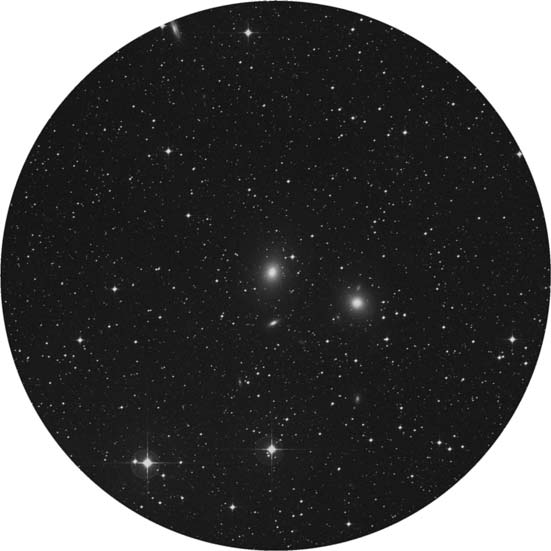
First off, NGC 5903 is Herschel III.139 and NGC 5898 is Herschel III.138—two more to add to your studies. And second? The Very Large Array has studied this galaxy pair in the spectral line of neutral hydrogen. The brighter of the pair, NGC 5898, shows evidence of ionized gas that has been collected from outside its galactic realm, while NGC 5903 seems to be running streamers of material toward it. A double-galaxy, double-accretion event!
But there’s more. . .
Look to the southeast, and you’ll double your pleasure and double your fun as you discover two double stars instead of just one! Sometimes we overlook field stars for reasons of study, but don’t do it tonight! Even mid-sized telescopes can easily reveal this twin pair of galaxies sharing ‘‘their stuff,’’ as well as a pair of double stars in the same low power field of view. (Psst. . .slim and dim MCG 043607 and quasar 1514-241 are also here!) Ain’t it grand?
Until next week? Stay challenged and you’ll always stay interested!
This week’s awesome images are (in order of appearance): Sir David Gill (historical image), Palomar 5 (credit—Palomar Observatory, courtesy of Caltech), James Clerk Maxwell (historical image), NGC 5970 (credit—Palomar Observatory, courtesy of Caltech) and NGC 5903 and NGC 5898 field (credit—Palomar Observatory, courtesy of Caltech). We thank you so much!


